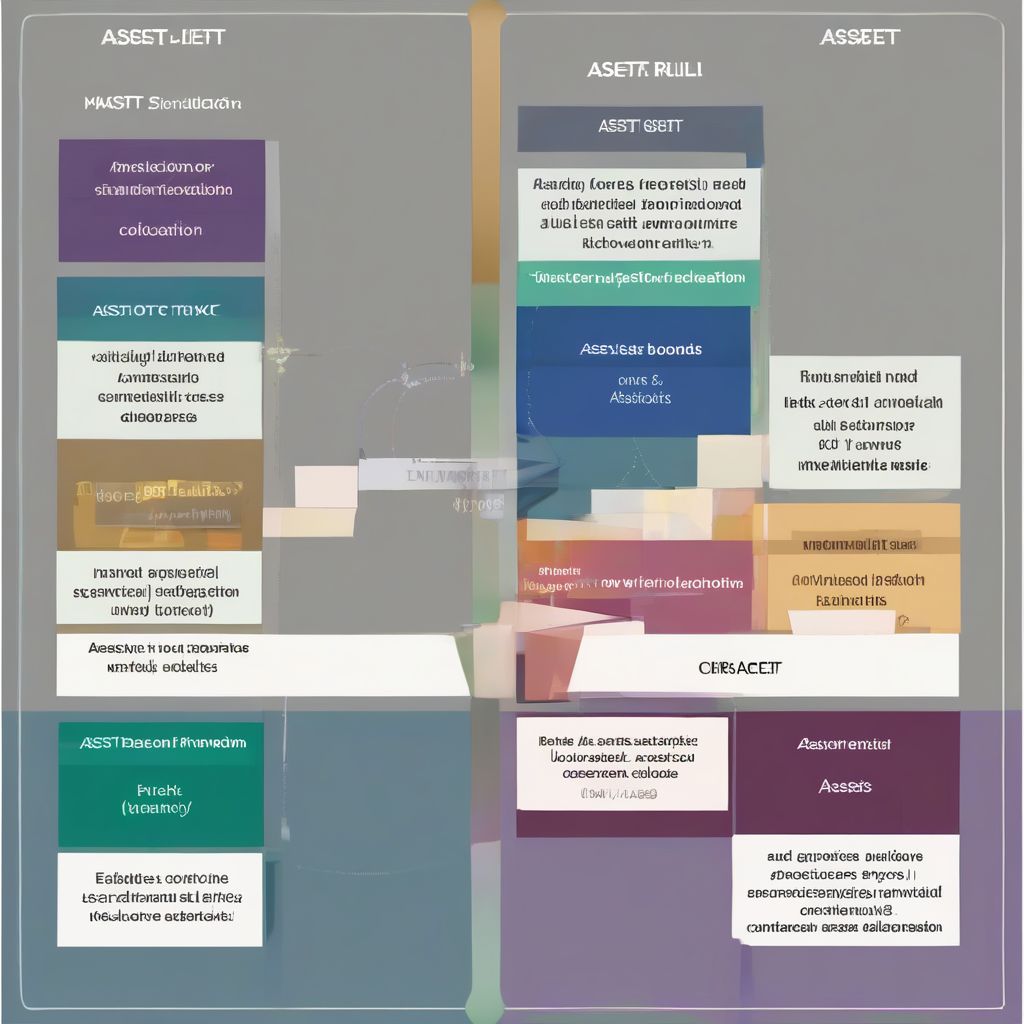Ever dreamt of financial freedom? Imagine a life where your money works as hard as you do, allowing you to pursue your passions without financial worry. Achieving this dream requires a solid understanding of two key concepts: risk tolerance and asset allocation. These are the cornerstones of a successful investment strategy, guiding you towards your financial goals while navigating the inevitable ups and downs of the market.
Understanding Risk Tolerance
Risk tolerance is your ability and willingness to withstand potential losses on your investments. It’s a personal characteristic influenced by factors like your age, financial situation, investment goals, and emotional comfort level with market fluctuations. Are you comfortable with aggressive investments that offer higher potential returns but also carry greater risk? Or do you prefer a more conservative approach, prioritizing capital preservation over rapid growth? There’s no right or wrong answer – it’s about finding the right balance for you.
Factors Influencing Risk Tolerance
- Time Horizon: Younger investors with a longer time horizon can generally tolerate more risk, as they have more time to recover from potential losses. Conversely, those nearing retirement may prefer a more conservative approach to protect their accumulated savings.
- Financial Goals: If you’re saving for a down payment on a house in the near future, you’ll likely have a lower risk tolerance than someone saving for retirement decades away.
- Financial Security: A stable income and a healthy emergency fund can provide a greater cushion against investment losses, potentially allowing for a higher risk tolerance.
- Personality: Some individuals are naturally more comfortable with risk than others. This psychological factor plays a significant role in determining your investment approach.
 Risk Tolerance and Asset Allocation
Risk Tolerance and Asset Allocation
The Power of Asset Allocation
Once you’ve determined your risk tolerance, you can begin to build your investment portfolio through asset allocation. This is the strategic distribution of your investments across different asset classes, such as stocks, bonds, and real estate. Diversification is key here, spreading your investments across different assets to reduce overall portfolio risk. “Don’t put all your eggs in one basket” is a timeless piece of wisdom that perfectly encapsulates the importance of asset allocation.
Key Asset Classes
- Stocks: Offer the potential for higher returns but also come with higher volatility.
- Bonds: Generally considered less risky than stocks and provide a steady income stream.
- Real Estate: Can provide diversification and potential appreciation, but also requires significant capital and ongoing management.
- Cash and Cash Equivalents: Provide liquidity and stability but typically offer lower returns.
Building a Diversified Portfolio
A well-diversified portfolio aligns with your risk tolerance and financial goals. A conservative investor might allocate a larger portion of their portfolio to bonds and cash, while an aggressive investor might favor stocks. A financial advisor can help you create a personalized asset allocation strategy that aligns with your specific needs. As Warren Buffet, a renowned investor, wisely advised, “Diversification is protection against ignorance. It makes little sense if you know what you are doing.”
The Interplay of Risk and Return
A fundamental principle of investing is the relationship between risk and return. Higher potential returns generally come with higher risk, while lower-risk investments typically offer lower returns. Finding the optimal balance between risk and return is crucial for achieving your investment goals.
Rebalancing Your Portfolio
Over time, market fluctuations can cause your portfolio to drift away from your target asset allocation. Rebalancing involves periodically adjusting your investments to maintain your desired asset mix. This helps ensure that your portfolio remains aligned with your risk tolerance and long-term objectives.
Common Questions about Risk Tolerance and Asset Allocation
- How often should I rebalance my portfolio? Most financial advisors recommend rebalancing annually or semi-annually, or whenever your asset allocation drifts significantly from your target.
- What if my risk tolerance changes? Life events, such as a change in employment or family situation, can impact your risk tolerance. It’s important to reassess your risk tolerance periodically and adjust your investment strategy accordingly.
- Do I need a financial advisor? While not mandatory, a financial advisor can provide valuable guidance and expertise in developing a personalized investment plan.
Conclusion
Understanding the basics of risk tolerance and asset allocation is essential for building a successful investment strategy. By carefully assessing your risk tolerance and diversifying your investments across different asset classes, you can position yourself to achieve your financial goals while navigating the complexities of the market. Remember, investing is a long-term journey, and a well-defined strategy is your roadmap to financial success. Take the time to educate yourself, seek professional advice if needed, and stay committed to your long-term vision. What are your thoughts on balancing risk and reward? Share your experiences and questions in the comments below, and don’t forget to share this guide with others on their journey to financial freedom. Check out our related article on investing for retirement as a beginner: How to Invest for Retirement as a Beginner for more helpful tips.



